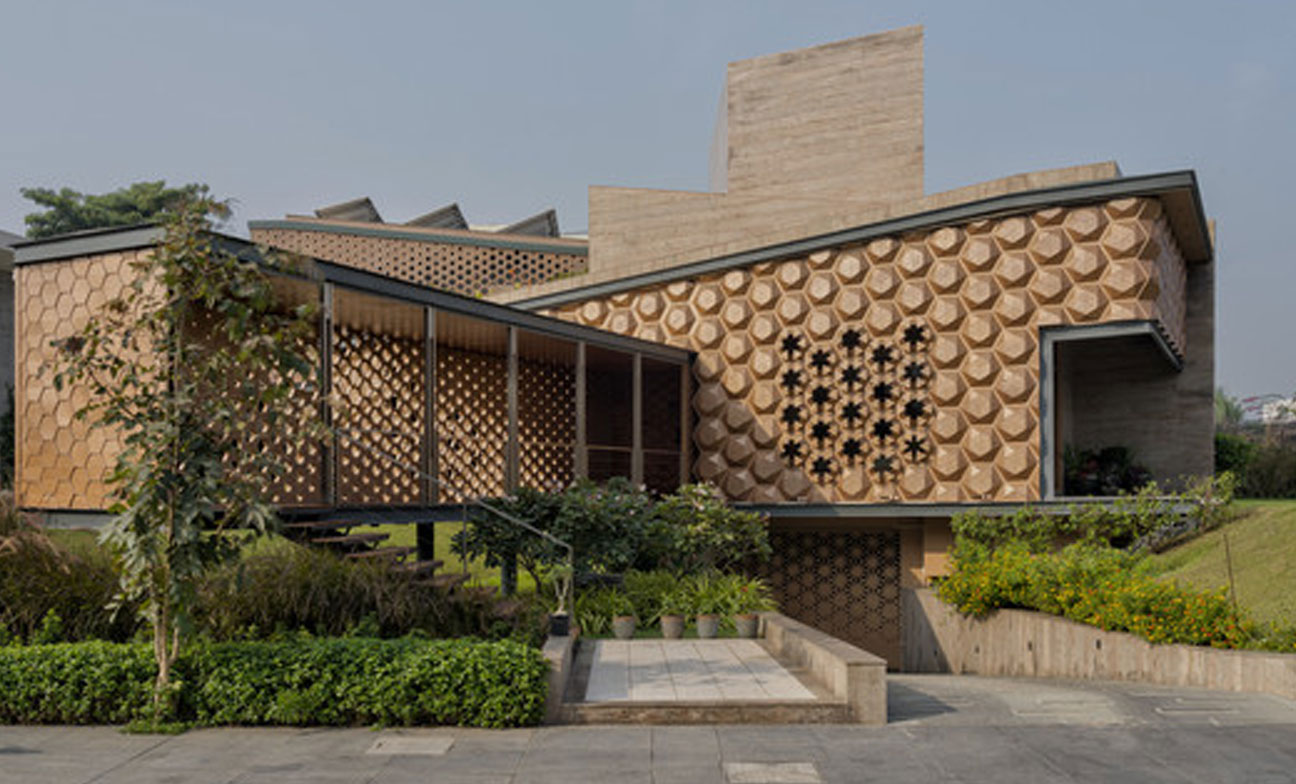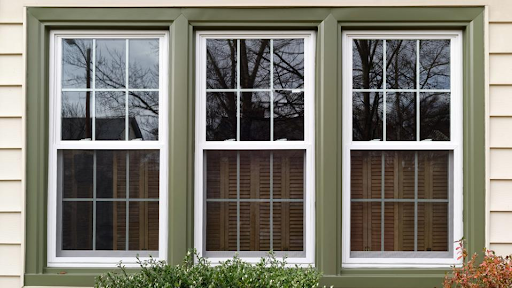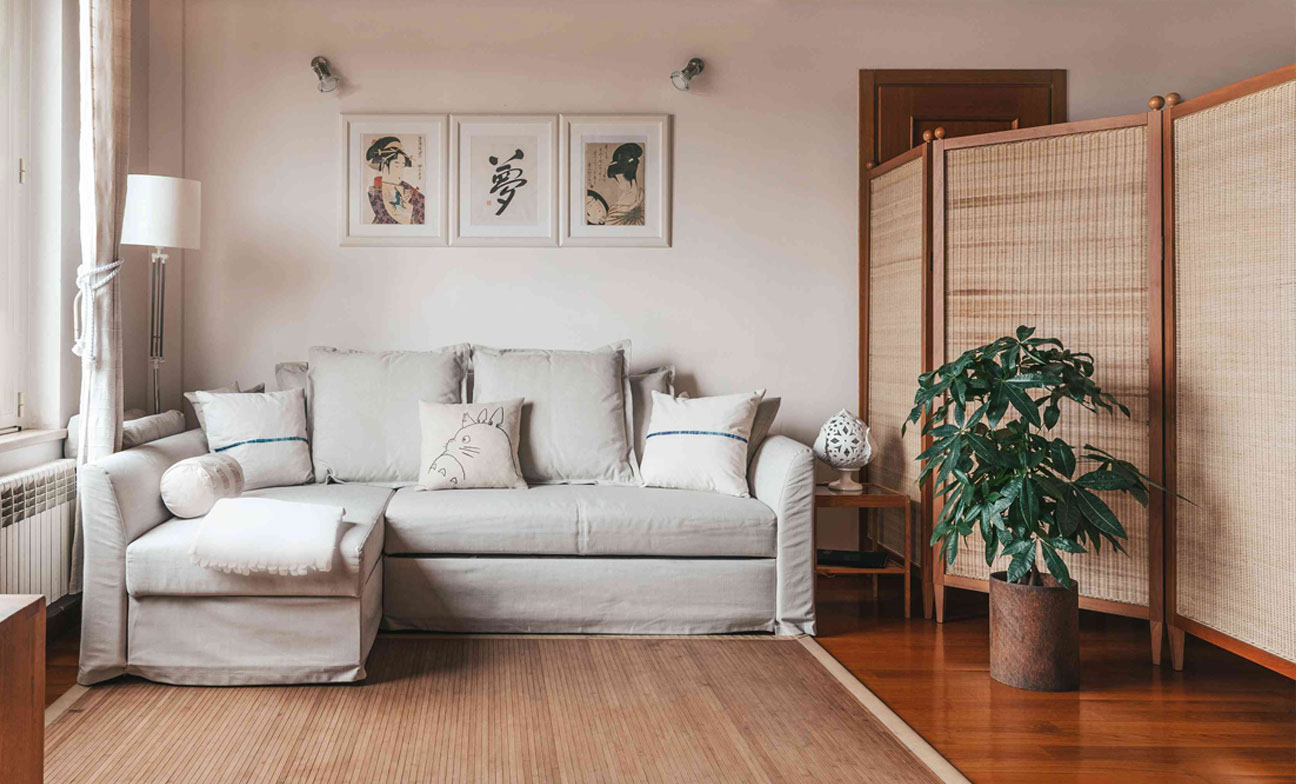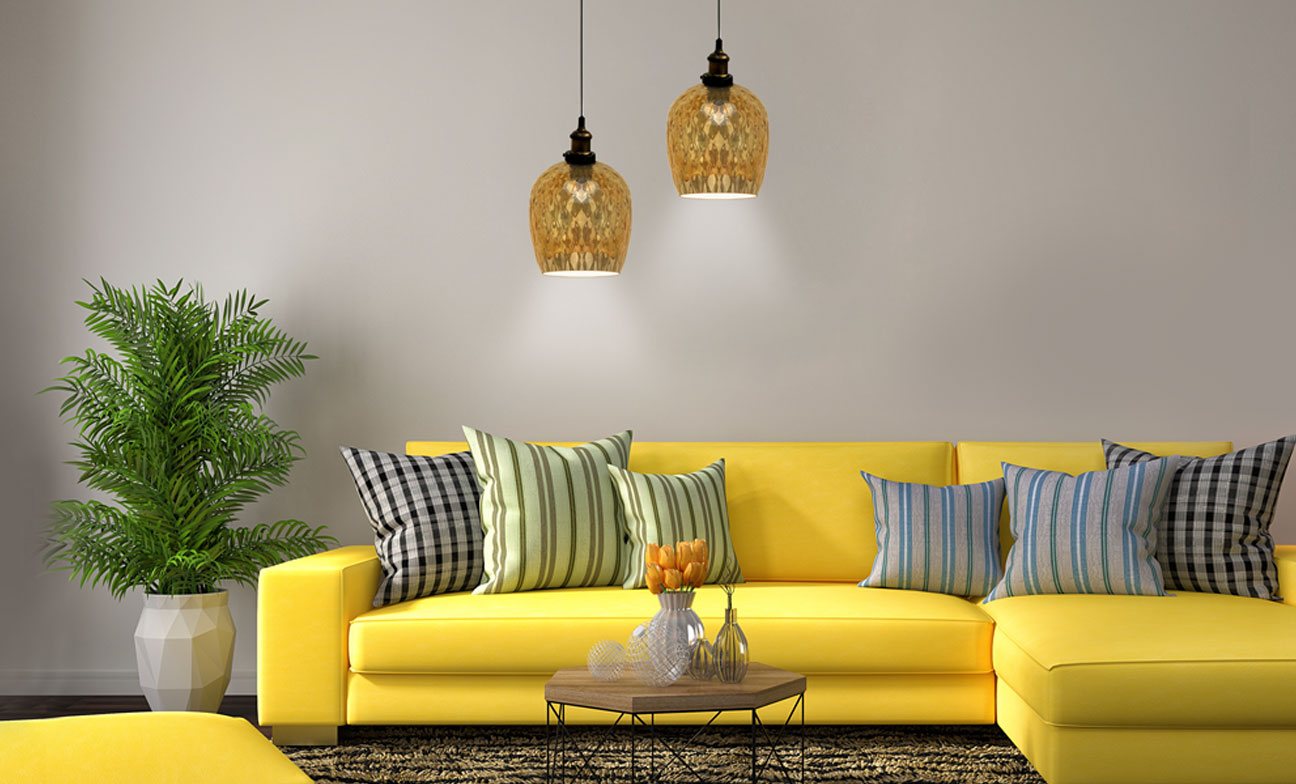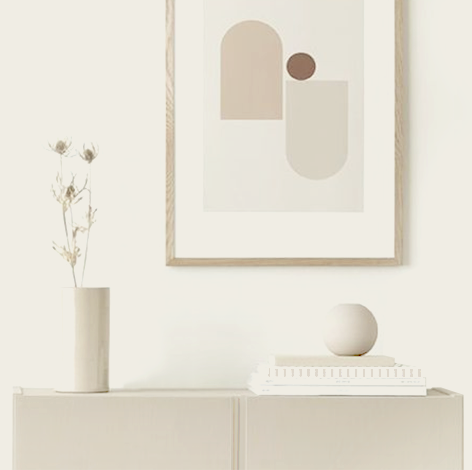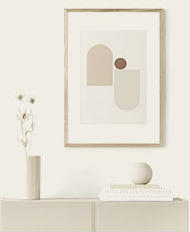
5 Indian Crafts That Need Revival in Modern Indian Architecture
Indian crafts have evolved over generations, paving their way into contemporary design styles to achieve vintage and timeless designs. Additionally, with the rapidly changing trends, architecture and interior design styles have always been inspired by traditional craftsmanship, which expresses warmth and represents home to many. Indian art and architecture, with its rich and versatile history, holds numerous traditional crafts that change the way one perceives a space. Its subsistence in the world of architecture provides a connection with one’s roots that helps achieve a sense of belonging within the space.
Krushi Bhawan © Designdekko.com
Reflection of Traditional Indian Crafts in Architecture
The art and architecture in India are integrated with many traditional crafts that depict the culture of their place and are easy to adapt to the architectural design styles. Let us understand the design adaptation with the crafts around India:
Art of Pichwai Paintings
Pichwai Paintings are traditional works of art that depict Lord Krishna's life in a lovely and artistic manner. The colours inculcated in these artworks are Vibrant but subtle. The awareness and development of the Pichwai paintings in the field of interior design style shall assist in contributing to the historical and spiritual essence of one’s home. Its application in the interiors can either be as a decorative piece or as a statement element by painting it on walls exhibiting itself as a wallpaper, that entirely alters the perspective of a room.
The Pichwai paintings as a wallpaper design©amazonaws.com
Craftsmanship of Bas-Relief Carving
India has a glorious history of marble and stone craftsmanship, similar to woodworking. The temples and palaces are notable evidence of such crafts. With numerous stone and marble crafts growing in modern designs, Bas-relief Carving, a unique form of stone carving developed mostly in the southern India, is likely to merge with today’s high-end designs. Traditionally, they are three-dimensional figures carved in stone. Similarly, this art can be incorporated into the interiors as featured walls and panels representing nature-influenced themes. Such as in luxury homes, the addition of friezes in the lintel of the door at the entrance gives depth to the area.
The detailed Bas-relief carving © pexels
Rogan Art
Originating from Gujarat, Rogan Art is an art with a complex process that results in an aesthetic output. It uses natural pigments to generate intricate designs, often featuring floral patterns. In the context of architecture, this traditional Indian art has the potential to be incorporated as an interior design product such as in furniture upholstery, drapes and pillows. They swiftly elevate the space by the addition of vibrant colors to today’s monotone trends.
The patterns and colors of Rogan Art ©miro.medium
Wooden Carved Elements
Handcrafted wooden elements, traditional craftmanship, the old Indian craft have always been ageless and continue to radiate warmth in the present day. With the growth of minimalism, the concept of intricacy has been lost in our homes but the idea of moulding key aspects like doors and windows that stand out yet while being in line with contemporary design concepts has grown in popularity. For example, the addition of Chettinad columns in contemporary house designs creates a unique design style. Also, the intricate windows like Jharokas can be used as wall attachments in the interiors again defining the space differently. With advanced technology, These classical elements enhance not only the interiors but also the exteriors of a home, to create an entirely new design style.
The carvings of wooden elements in a modern seating© artfasad.com
The Intricacy of Sanjhi Craft
Paper cutting is a skilful art that defines Sanjhi crafts. It originated in Uttar Pradesh and narrates a story from Hindu mythology. It reshapes paper into stencils, emphasizing detailed intricacy. Inspired by the delicacy, Sanjhi Art can be replicated in the forms of built elements like the partitions and decorative screens. Providing a new outlook to Jaali Works, it adapts to the art of minimalism while being a focal element of the space.
Application of Sanjhi Art in the sliding Doors ©indiadesignworld.com
Inspiring the Modern Designs
Integration of traditional Indian art and crafts with our modern-day designs defines today’s elegance and classics. Even though deep down in the roots of tradition, it is highly adaptable and adds to the high-end technology of contemporary spaces. With vibrant entrances that show the Madhubani Art and as you move forward the tall block-printed wallpaper as the accent wall elevates the minimalist spaces by adding colour and texture to the space expressing the cultural elegance. Furthermore, the traditional arts and crafts elements make the space an inspiration while keeping the functional aspects of design intact.
A traditional yet modern design
In Conclusion
The old Indian crafts inculcated in architecture and interior design put forward the understanding of a space that seamlessly blends craftsmanship and ethnicity with sleek modern elegance. Additionally, It assists in promoting sustainability with the use of local and natural materials. Encapsulating the old traditional art within their design obscures the lines between efficiency and aesthetics, and the amalgamation of detailed handcrafted elements with varied finishes expresses the richness and elevates the experience of a space.



